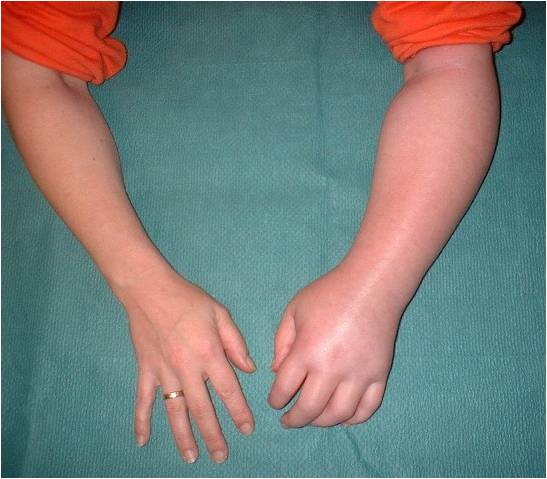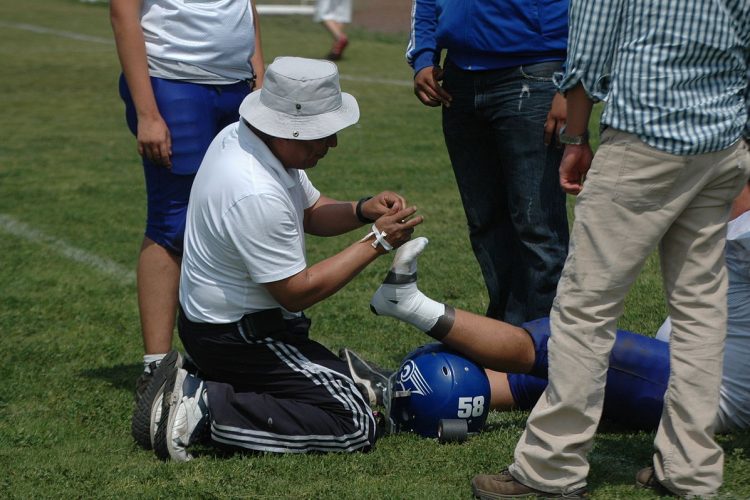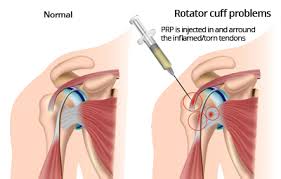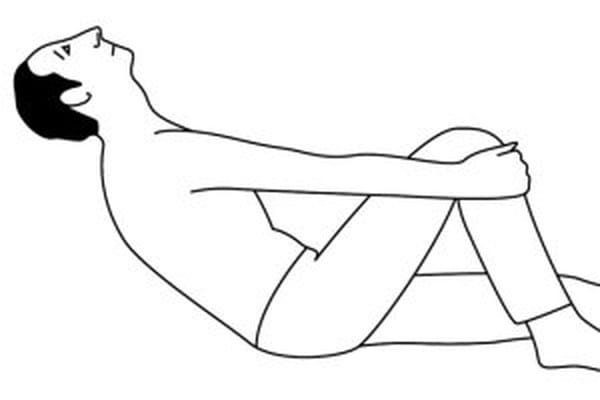- August 27, 2019

Shoulder-Hand Syndrome
Shoulder-Hand syndrome is a relatively common occurrence after stroke. Usually, the person has a stroke that leaves them paralyzed on one side. Recovery of the paralysis is subjective, varies between patients. Often the lower extremities recover quicker than the upper ones. For reasons unknown, some people are left with significant weakness in the hands that can be quite painful. When the pain is quite severe in the hand and the shoulder on the paralyzed side the condition is called shoulder-hand syndrome. Symptoms: • Shoulder Pain • Hand Pain • Numbness • Elbow Pain • Wrist Pain • Tingling • Burning ...
Read More
Read More

Preventing and Treating Common Sports Injuries
The seven most common sports injuries are: • Ankle Sprain • Groin pull • Hamstring strain • Shin splints • Knee injury: Anterior cruciate ligament tear • Knee injury: Patellofemoral syndrome — injury resulting from the repetitive movement of your kneecap against your thigh bone • Tennis elbow (epicondylitis) To know the ways with which we can prevent and treat these sports injuries and to understand when it is time seek a medical opinion to treat these sports injuries – read on 1. Ankle sprain Ankle sprains happen when the foot turns inward. It is the commonest sports injury, an ...
Read More
Read More

Arthroscopic Surgery for Rotator Cuff Repair
Rotator cuff muscles cover the shoulder joint. Their duty is to provide the power to lift and rotate the arm. With age, these muscles become thinner and weak, thus prone to rupture, even with minimal trauma. Rotator cuff muscles are usually seen at the junction of the muscle with the tendon, which is the part of the muscle that goes into the bone. Unfortunately, complete tear of rotator cuff muscles does not repair themselves. Left unattended, it can lead to progression of the tear with subsequent loss of motion and power. The longer a tear left untreated, the bigger it ...
Read More
Read More

Pediatric Sports Injuries
Children love sports and it is a part of their life. Sports are very much needed for children and it helps to instill a lot of qualities in them including being a team player, confidence building apart from providing adequate exercises needed for the body. As rose has thorns, sports can also cause a matter of concern when children come back home with injuries. Children can be seen in the emergency departments with injuries related to sports, especially team sports. The most common sport related injuries are sprains, strains, bone and growth plate injuries, repetitive motion injuries, concussions etc. The ...
Read More
Read More

SELF-REDUCTION (BOSS-HOLZACH MATTER TECHNIQUE) FOR SHOULDER DISLOCATION
Overview of Shoulder Dislocation Shoulder dislocation more accurately termed a glenohumeral joint dislocation involves separation of the humerus from the glenoid of the scapula at the glenohumeral joint. Shoulder dislocation almost exclusively occurs following trauma. Shoulder dislocations are one of the most common musculoskeletal injuries and they account for more than 50% of major joint dislocations. If your shoulder is sprained upward or backward, you may displace it out of its socket. This condition is extremely painful and it incapacitates your shoulder motion. Ironically, what we consider seemingly simple can dislocate our shoulder, for e.g., a fall, collision with another ...
Read More
Read More

LITTLE LEAGUE SHOULDER IN SCHOOL CRICKETERS
A budding bowler playing cricket can come and tell his mom that his shoulder hurts when he throws the ball. Questions race through mom’s head. What is it? What is the reason for it? What should I do to get him out this trouble? Is this going to end his cricketing career? Little league shoulder problem in cricketers is on the rise. Unfortunately, in many cases timely diagnosis is not made. Little league shoulder injury is quite prevalent in the west as it mainly happens when the pitcher (in baseball) throws the ball. That is why it is also known ...
Read More
Read More


